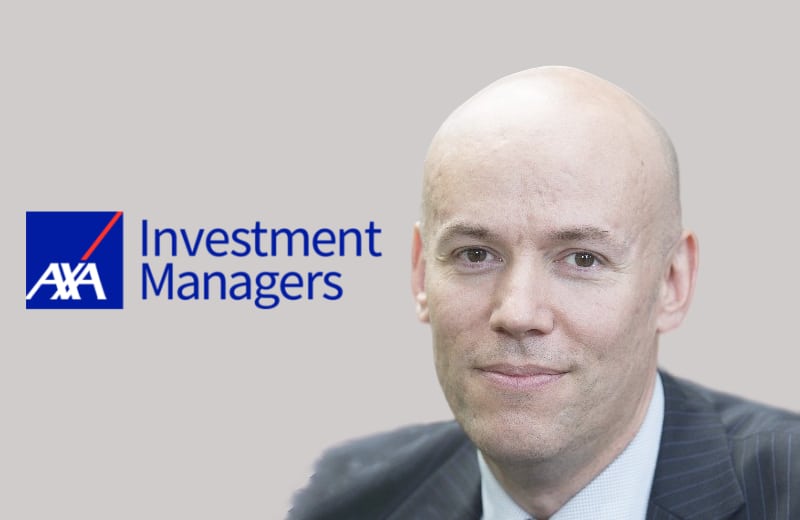Catastrophe bonds and insurance-linked securities (ILS) offer investors a compelling entry or reinforcement point right now, given the asset classes inherent features and higher spreads, but it’s still important to be selective, according to Francois Divet, Head of ILS at AXA IM Alts.
 AXA IM Alts is the alternative investments division of AXA Investment Managers, and has around €188 million in assets under management, with insurance-linked securities (ILS) one of the classes it allocates to on behalf of investors.
AXA IM Alts is the alternative investments division of AXA Investment Managers, and has around €188 million in assets under management, with insurance-linked securities (ILS) one of the classes it allocates to on behalf of investors.
In an article, Francois Divet, Head of ILS at the firm explains that the ILS asset class continues to offer investors all of the inherent features and benefits they are used to, such as being a hedge against interest rates and inflation, as well as their low correlation with traditional asset classes.
The low correlation of ILS to broader traditional asset classes is “highly valuable in this volatile market environment” Divet explains.
While at the same time, “The spreads offered in the ILS market increased significantly in 2022, creating a compelling entry or reinforcement point for investors,” he wrote.
ILS instruments are “relatively immune” to interest rate fluctuation, given the fact these are floating-rate notes, so provide returns on top of a return of their collateral.
Divet said, “While inflation does increase the underlying risk borne by ILS investors, for example through the higher cost of replacement material, there are often mechanisms to limit the impact of increased claim amounts. And when this is not the case, ILS managers raise their spread expectations to compensate investors for the incremental risk. The spread of ILS instruments is therefore mostly driven by the market’s view on the underlying insurance risk taken.
“This combination of the floating-rate component and the controlled sensitivity to inflation (either through inherent mechanisms in underlying policies or via spread expectations) make ILS an attractive diversifier in an environment of persistently rising prices and interest rates.”
The low correlation of ILS to broader asset classes continues to be evidenced by experience, with correlations close to zero, Divet explained.
“These low correlations were highly valuable to investors during the market turmoil caused by Covid-19 in 2020 and more recently by the war in Ukraine. ILS has been one of the few relatively liquid and performing asset classes in most investment portfolios,” he said.
Of course, natural catastrophe losses are the risk ILS investors are covering and in hurricane Ian last year, the ILS market saw an event that struck the largest exposure concentration in the market, Florida.
But, losses from hurricane Ian are falling within expected levels and Divet explains that this event, coming after other major catastrophe loss years, has driven a decline in reinsurance capacity, while also elevating insurance and reinsurance market interest in alternative capital and ILS.
At the same time spreads are widening with prices rising, meaning, “ILS investors can expect much higher returns than last year for a given level of risk.”
“An underlying consideration is climate change, a long-term trend which might affect the frequency or the severity of large catastrophic events. However, ILS are typically short-maturity instruments with risk re-evaluated every year. Any incremental increase in the underlying risk will be taken into account either by reducing exposure to assets most at-risk or by pricing it into the offered spreads,” Divet further explained.
Reinsurance capacity scarcity has driven “a significant increase in spreads for new ILS issuances” Divet said, but while the asset class is very attractive right now and expected to grow, he maintains a belief that selective allocation to ILS assets and catastrophe bonds is still very important.
“This broader set of opportunities brings a wider set of considerations and a greater need for skill and experience when selecting investments,” Divet said.
Adding that, “Larger investors tend to have to ‘buy the market’. By contrast, our size allows us to adopt a highly selective investment approach, driven by disciplined underwriting and based on fundamental research. Selecting only well-structured deals and controlling our exposure to risks such as hurricanes in Florida can help avoid losses on past events and geographies with a higher probability of catastrophe.”
 View all of our Artemis Live video interviews and subscribe to our podcast.
View all of our Artemis Live video interviews and subscribe to our podcast.
All of our Artemis Live insurance-linked securities (ILS), catastrophe bonds and reinsurance video content and video interviews can be accessed online.
Our Artemis Live podcast can be subscribed to using the typical podcast services providers, including Apple, Google, Spotify and more.































